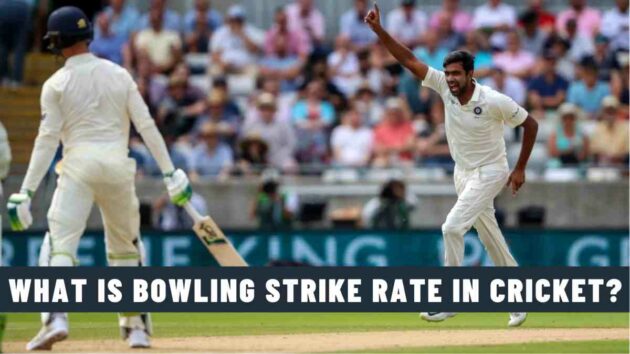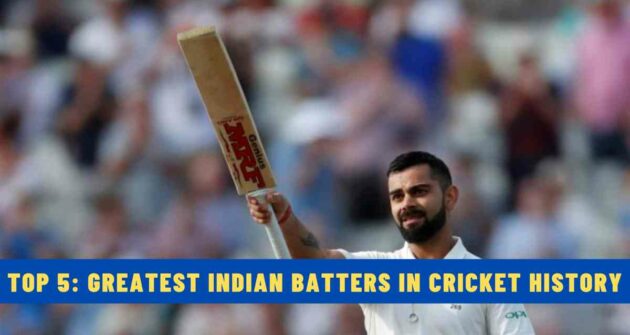When we talk about a bowler’s performance in cricket, we tend to look at how often they take a wicket. That’s when the bowling strike rate comes into the picture.
Now what is the bowling strike rate? And how is it calculated?
In this article, let’s understand the bowling strike rate and its calculation.
Bowling Strike Rate in Cricket
The bowling strike rate tells how quickly a bowler dismisses a batter. It is a measure of the average number of balls bowled by a bowler for every wicket.
The lower the bowling strike rate, the better it is for any bowler. If a bowler has a lower strike rate, it indicates their effectiveness with the ball. It means the bowler delivers fewer balls for every wicket they take.
Bowlers tend to have higher strike rates in Test cricket, as bowlers might bowl longer spells without many wickets. But in ODIs and T20s, the metric might be on the better side, given bowlers deliver a limited number of overs.
Now let’s see how you can calculate the bowling strike rate.
Also Read | What is Batting Average in Cricket?
How to Calculate Bowling Strike Rate?
You can determine a bowler’s strike rate using 2 numbers. You need to divide the total balls bowled by the total wickets taken by a bowler.
Here’s the formula:
Bowling Strike Rate = Total Balls Bowled / Total Wickets Taken
Let’s understand it with an example. We will consider George Lohmann’s stats, who has the best bowling strike rate in Test cricket.
The English medium pacer took 112 wickets in 3830 deliveries in 18 Tests. If we divide 3830 by 112, we get 34.19 as Lohmann’s strike rate.
Read Next | The 10 Legendary Pacers in Cricket











